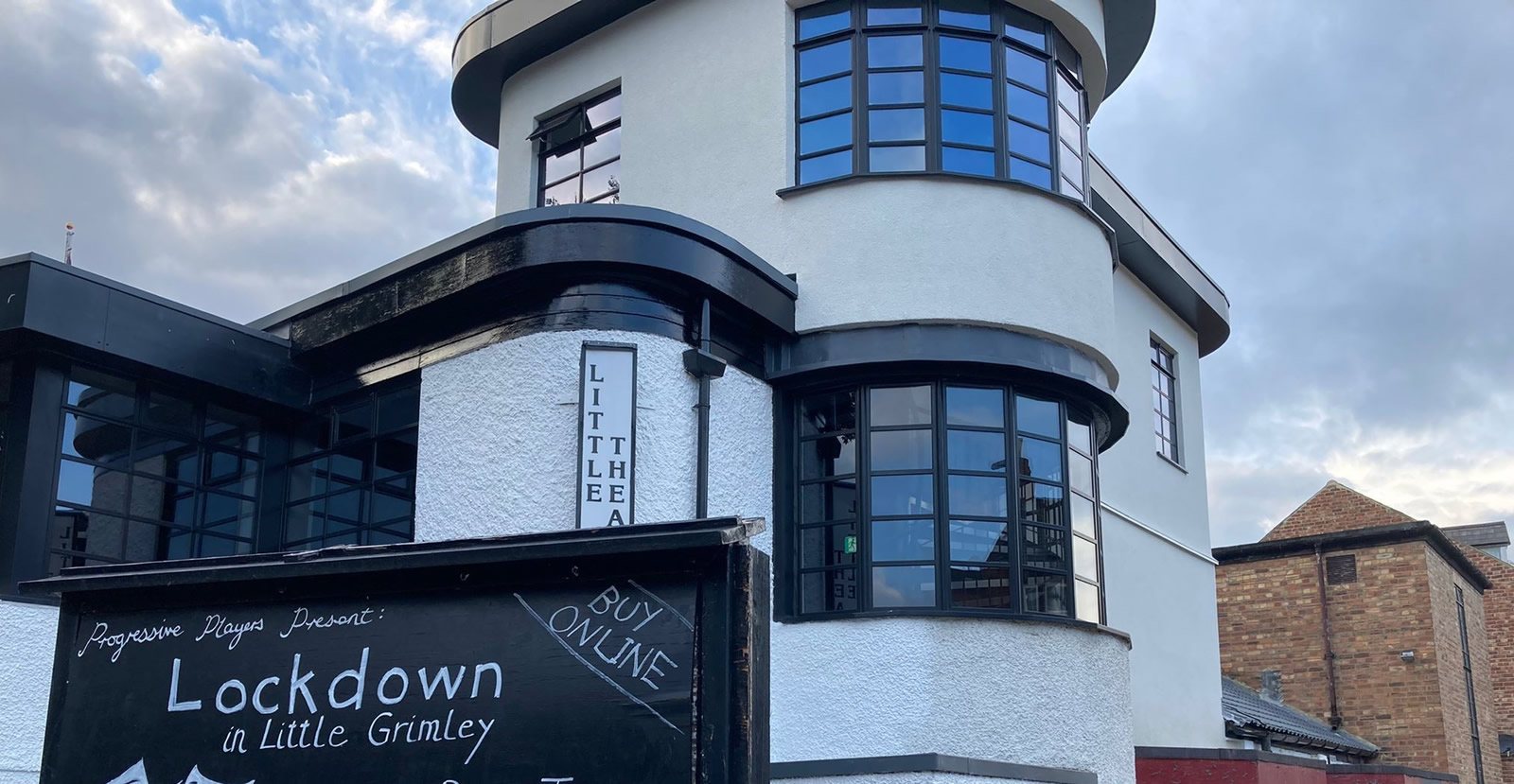Energy efficiency in historic buildings and churches
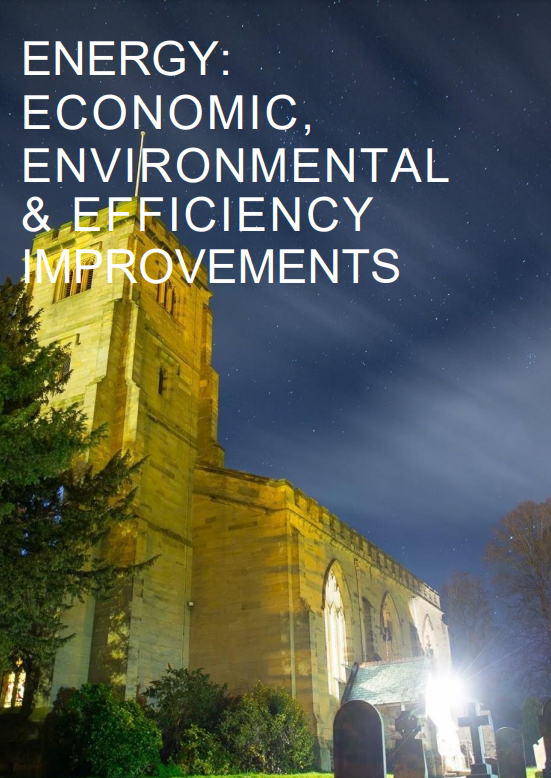
There are some relatively easy steps which will cut your church's use of electricity and gas/oil, and your utility bills.
Download the guidance for advice about adjustments to your radiators, heating system and lighting as well as 'soft' changes such as cushions and draught-proofing.
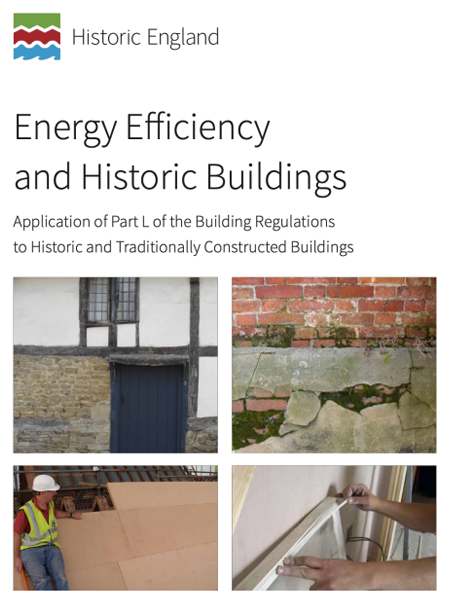 Application of Part L of the Building Regulations to Historic and Traditionally Constructed Buildings
Application of Part L of the Building Regulations to Historic and Traditionally Constructed Buildings
Historic England supports the Government’s aims to improve the energy efficiency of existing buildings through Part L of the Building Regulations. Many improvements can be carried out, often at a relatively low cost, significantly enhancing the comfort of the building for its users, as well as providing savings on fuel bills and helping to meet greenhouse gas emission reduction targets. Improving energy and carbon performance may also give a welcome opportunity to protect and enhance a historic building and ensure that it remains viable into the future.
For historic buildings a balance needs to be achieved between improving energy efficiency and avoiding damage both to the significance of the building and its fabric. Taking a ‘whole building approach’ can achieve significant improvements in most cases, although not always to the standards recommended in the Regulations. Achieving an appropriate balance requires an understanding of the Regulations and the building, particularly the point at which alteration to the building’s character and significance becomes unacceptable.
The Building Regulations Approved Documents for Part L make it clear that a reasonable compromise on the energy efficiency targets may be acceptable in order to preserve character and appearance and to avoid technical risks. They do this by specifically including some ‘exemptions’ and circumstances where ‘special considerations’ apply for historic buildings and those of traditional construction.
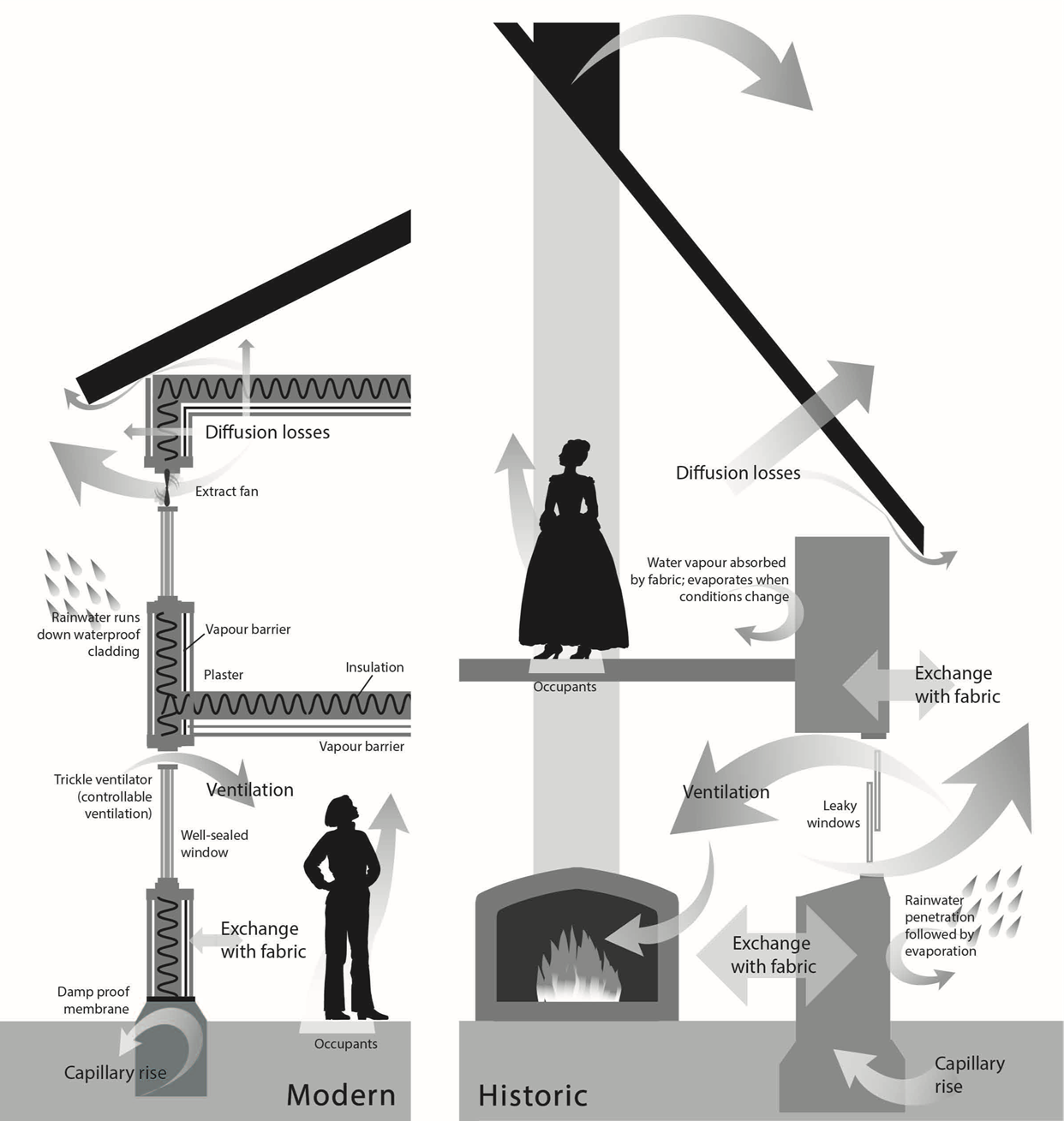 Typical differences in the movement of moisture for a historic building and a modern buildingFull details in Historic England’s guide here.
Typical differences in the movement of moisture for a historic building and a modern buildingFull details in Historic England’s guide here.
The regulations will have an update coming into effect in June 2022 with certain changes to places of worship and heritage buildings. More information to follow.
We invite contributions from solution providers and experts in the sector who welcome this marketing opportunity. Contact Richard Shepherd email This email address is being protected from spambots. You need JavaScript enabled to view it. for further information.
Luceco lights up Luttrellstown Castle
Luttrellstown Castle Resort near Dublin is a luxurious venue for elegant hospitality and entertainment, combining the original 15th century castle, 567 acres of parkland, and a championship golf course with an alpine lodge-style clubhouse. It is the perfect location not only for golf, but also for weddings, garden parties, business meetings and conferences.
Click here to read the full story.
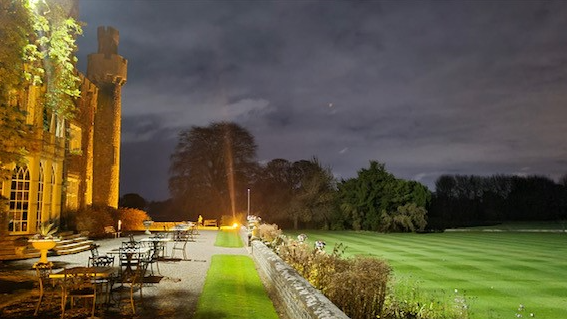
Specialist glazing units help period buildings stay ahead of the curve
Curved-in-plan glazing units have been around for some time, but over recent years there has been a significant surge in their popularity. The curved shape matches both contemporary and heritage aesthetics, creating a sense of flow and continuity. Internally, they help to enhance a feeling of light and spaciousness.
Click here to read the full story.

Radiator heating project completed at St Mary’s Church in Walkern
The ChurchEcoMiser team completed a 22 radiator church heating installation project at St Mary’s Church in Walkern. In August of 2021 the ChurchEcoMiser team started work at St Mary’s church in Walkern. The original heating system was installed towards the end of the 19th century and needed updating.
Click here to read the full story.
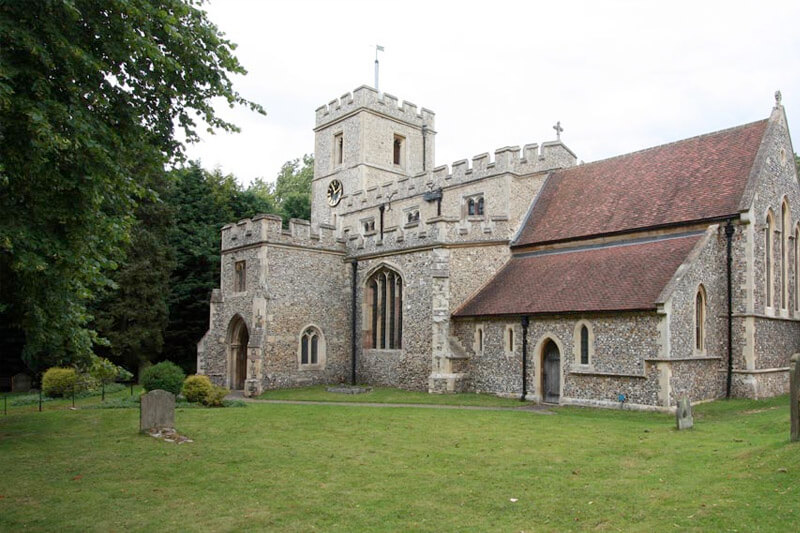
Heating installation completed at St James Church, Midhopestones
The ChurchEcoMiser team completed a church heating installation project at St James Church in Midhopestones.
The church had a low pressure coal fired heating system installed in the refurbishment of 1892 which fell into disrepair in the 1980’s. For the last 40 years, the church had been heated with an industrial warm air unit sited in a room adjoining the east end of the church but this reached the end of its natural life.
Click here to read the full story.
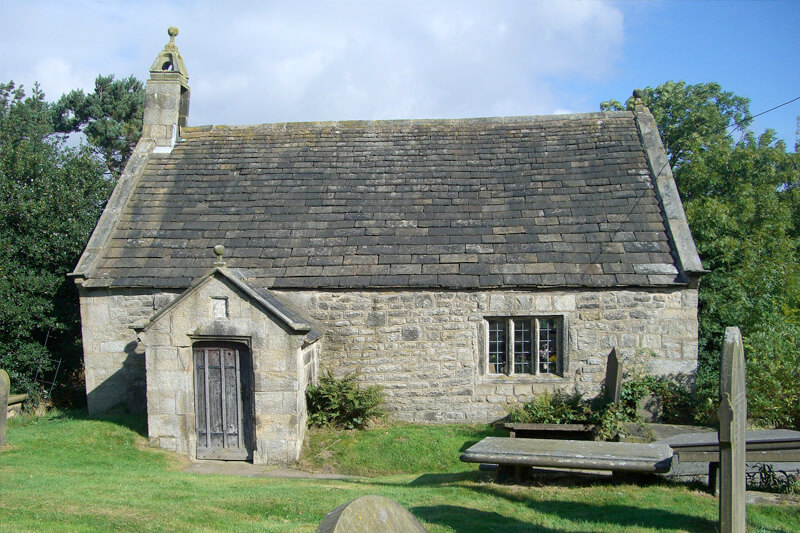
Parishioners at St Matthew’s are seeing things in a new light!
CLS Electrical Services Ltd – also known as Church Lighting Systems – were given the task of updating the existing lighting system in St Matthew’s Church in Worthing, which mostly consisted of tungsten halogen floodlights providing the main illumination throughout the church. Not very energy efficient!
Click here to read the full story.
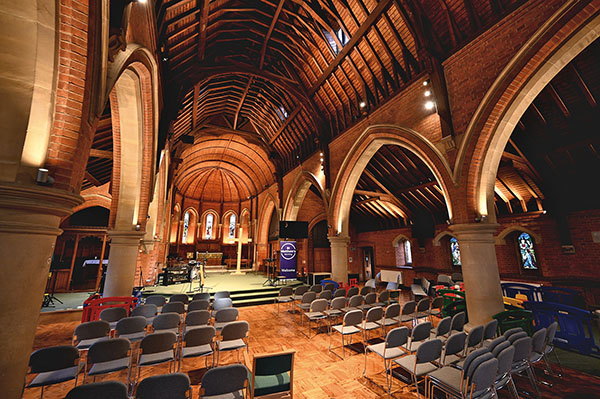
Integration of ancient and modern is the aspiration
Low carbon consultancy MTA is a practice that specialises in the sympathetic conservation of culturally significant buildings during the integration of modern services.
With over 20 years of experience, the team at MTA have a comprehensive understanding of the complex rivalry between historical architecture and modern comfort. With an aspiration to ‘repair rather than replace’ they aim to preserve the historic fabric of these important structures.
Click here to read the full story.
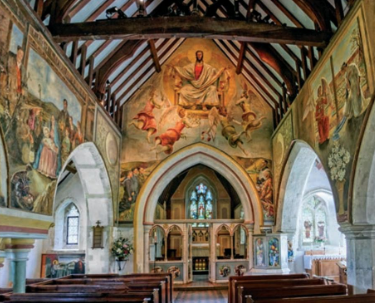
Michelmersh to produce the world’s first 100% hydrogen fired clay bricks
Michelmersh has announced its successful bid to the Department for Business, Energy & Industrial Strategy (BEIS) UK Government, Industrial Fuel Switching competition to conduct a feasibility study to replace natural gas with hydrogen in the brick making process. The programme is part of the £1 billion Net Zero Innovation Portfolio (NZIP) which aims to provide funding for low-carbon technologies to decreasing the costs of decarbonisation.
Click here to read the full story.

Leading brick maker reiterates its sustainability goals
Clay brick specialists the Michelmersh Group has released its 2021 Sustainability Report. The report offers an insightful and detailed account of Michelmersh’s established sustainable practices and its plans for achieving net zero carbon emissions by 2050.
Click here to read the full story.

Shedding some light on the new Part L Building Regulations
A major part of the UK’s commitment to meeting its targets for carbon reduction is being driven by a tightening of the Building Regulations surrounding energy efficiency standards for homes. Here, Stella Rooflight Director, Paul Trace, addresses the new rules for rooflights and thermal performance including why they are needed.
Click here to read the full story.
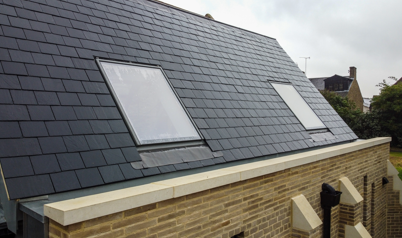
Creating light beautifully with Clement Conservation Rooflights – the best for energy efficiency and more
Whether you are looking to renovate a period property, update your home or office, or transform a new space, creating the right amount of interior light is always a major consideration and a rooflight can often be crucial in enabling daylight to flood into a lower level room, an attic or even a peculiarly shaped corner.
Click here to read the full story
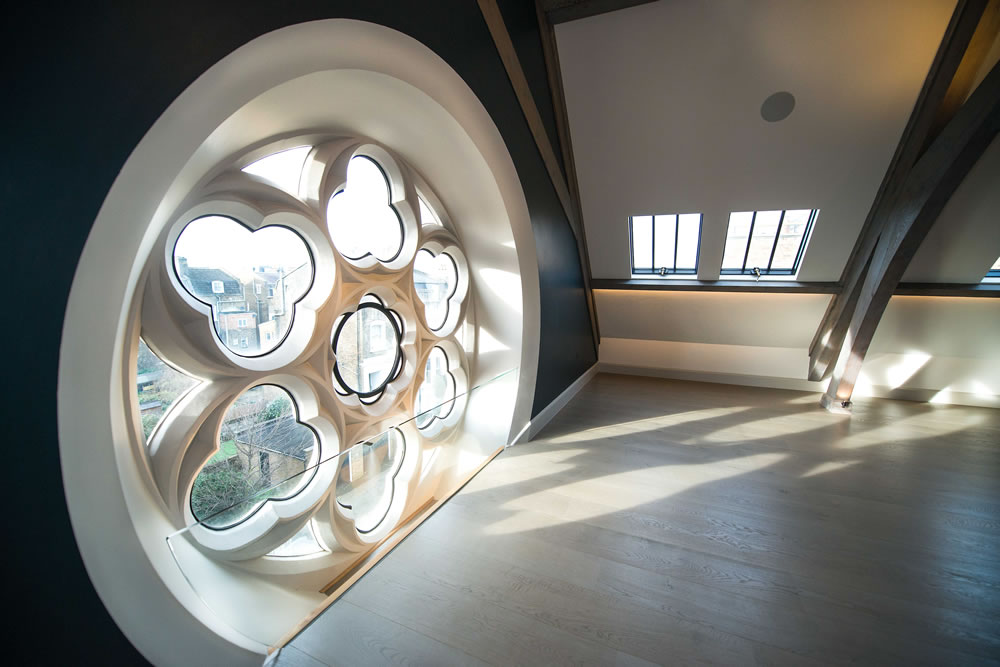
A fabulous new space created for this much loved theatre
The Progressive Players were founded in 1920. In 1939, founding members Ruth, Sylvia and Hope Dodds generously provided the money to purchase a vacant site facing Saltwell Park, together with adjoining No.3 Saltwell View, and build the Players’ own theatre.
Click here to read the full story
